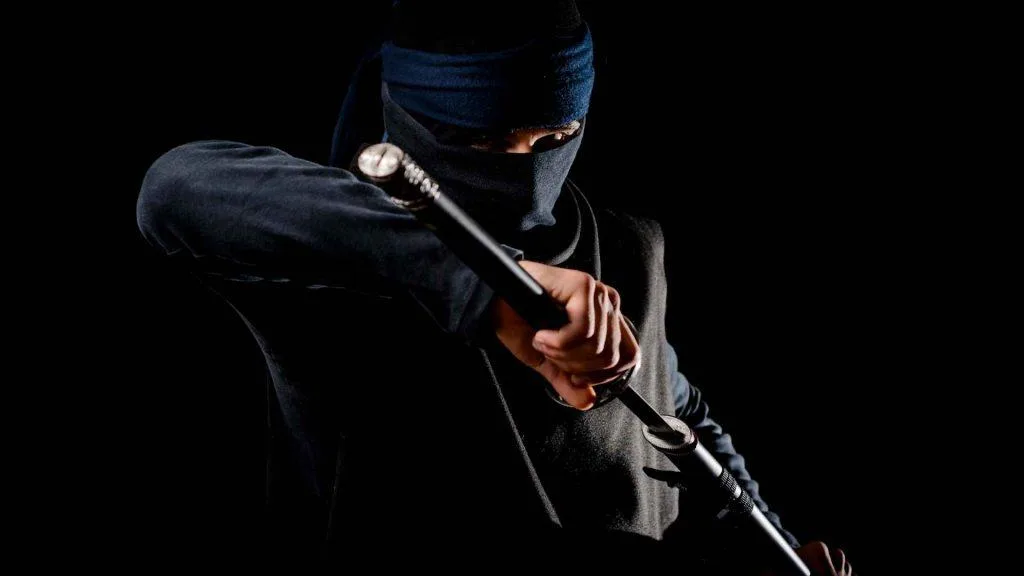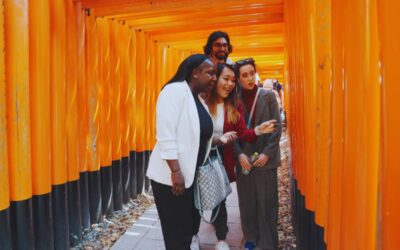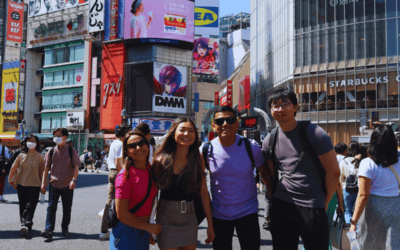The image of the ninja has been heavily influenced by Japanese pop culture in our modern times, and there are many misconceptions and myths about them. We often think of men dressed head-to-toe in black, disappearing into the night. But in reality, is that what ninjas are? Let’s take a look at ninjas and find out exactly what they are, and bust some myths and misconceptions about them.
Find out about Japan’s modern fashion, kimono culture, jikkyousha, the weeaboo culture, geisha, samurai, horror legends, and folktales.
One of the best ways to explore Tokyo is to visit the local areas and immerse yourself in the local culture. If you want to explore local areas, we have created scavenger hunt adventures personalised to your interests, filled with fun facts, clues and puzzles. If you’re curious, you can check out the games here! Check out the Flip Japan Games here! |
Facts About Ninjas
What is a Ninja?

Ninjas were spies tasked with sneaking into enemy castles to observe and listen in on enemy plans. They often dressed in black to be stealthier and had excellent athletic abilities that allowed them to infiltrate heavily-guarded locations more easily. However, the idea of ninjas is much broader and more nuanced than this simple description.
Where Did Ninjas Come From?

Ninjas were mostly recruited from the lower class, and therefore little literary interest was taken in them. It is believed that because of their background, mostly from the lower class and criminals, they were willing to trade their services for money without honour and glory. The 4th-century prince Yamato Takeru was titled ninja in the Kojiki when he disguised himself as a maiden and assassinated two chiefs of the Kumaso people. However, this is often dismissed as being related to the shinobi ninjas.
It was not until the 14th-century war chronicle Taiheiki that there were many references to shinobi. During the 15th century, ninjas were specially trained and hired for their purposes. It was around this time that the word “shinobi” appeared. They were recruited as spies and raiders.
Ranks of Ninja

Ninjas were organised into different ranks. Jōnin, translated as “upper person,” was the highest rank, representing the group and hiring out mercenaries. Then there was Chūnin, which means “middle person,” who were assistants to the jōnin. At the bottom was the genin, also known as “lower person,” who were field agents drawn from the lower class and assigned to carry out actual missions.
What is a Ninja Clan?

There are two main regions that have villages devoted to the training of ninjas. There is the Iga clan, in the northern part of the modern Mie Prefecture, and the Kōga clan (formally known as Koka), in the southern part of modern Shiga Prefecture.
Both the Iga clan and the Kōga clan were surrounded by steep mountains, situated in remote areas with incredibly difficult access. They were “hidden villages,” contributing to their mysterious nature.
Many people facing troubles would flee to these clans, such as trespassers, officials, and thieves. Both clans accepted them, so despite the ninjas being separated from the rest of the world in the mountains, they came into contact with outside information and absorbed the knowledge of religion and the practice of medicine and drugs.
Ninjas from these two clans are distinctly different from commoners or samurai hired as spies. The Iga clan and Kōga clan bred and produced professional ninjas, trained strictly and purely for their designated roles.
Professional ninjas from these two clans were actively hired by daimyōs between 1485 to 1581, the powerful feudal lords who ruled most of Japan until the Meiji period. The clans were then wiped out by Oda Nobunaga when he invaded Iga Province. Survivors were forced to flee, and many arrived before Tokugawa Ieyasu and were well treated. Some former Iga clan members later served as Tokugawa’s bodyguards.
Skills of a Ninja
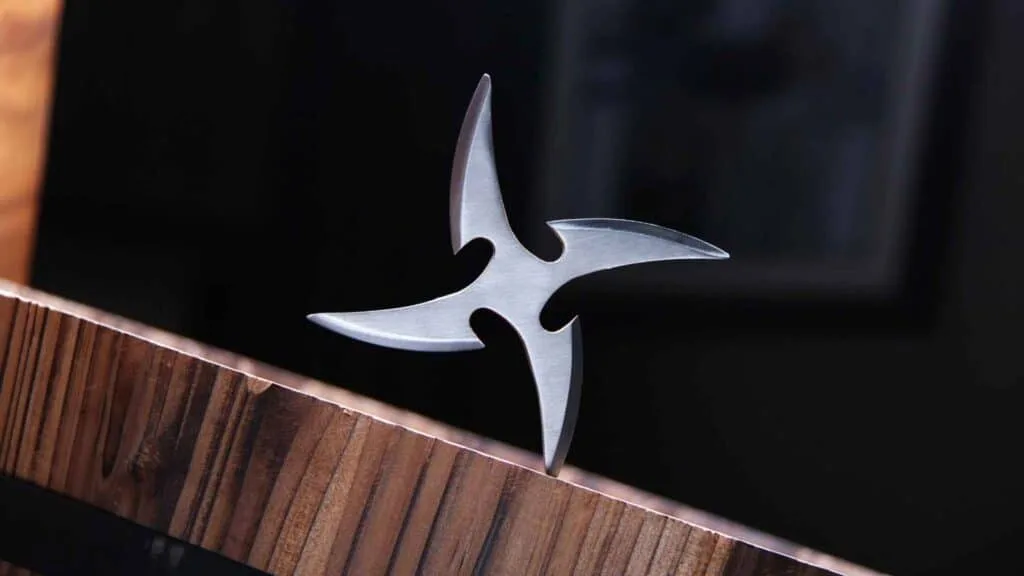
Walking and Running
- Ashinami jū-hō 足並み十法: Ninja’s peculiar way of walking without making noise. Ninjas take large side steps while keeping their bodies low. It is said that the aim was to reduce the strain on the lower back and to walk longer distances.
- Ninja hashiri 忍者走り: Ninjas run by leaning their upper bodies forward, one hand in front and the other hand in the back, running with almost no arm swing. This is to avoid touching any obstacles.
Ninjyutsu
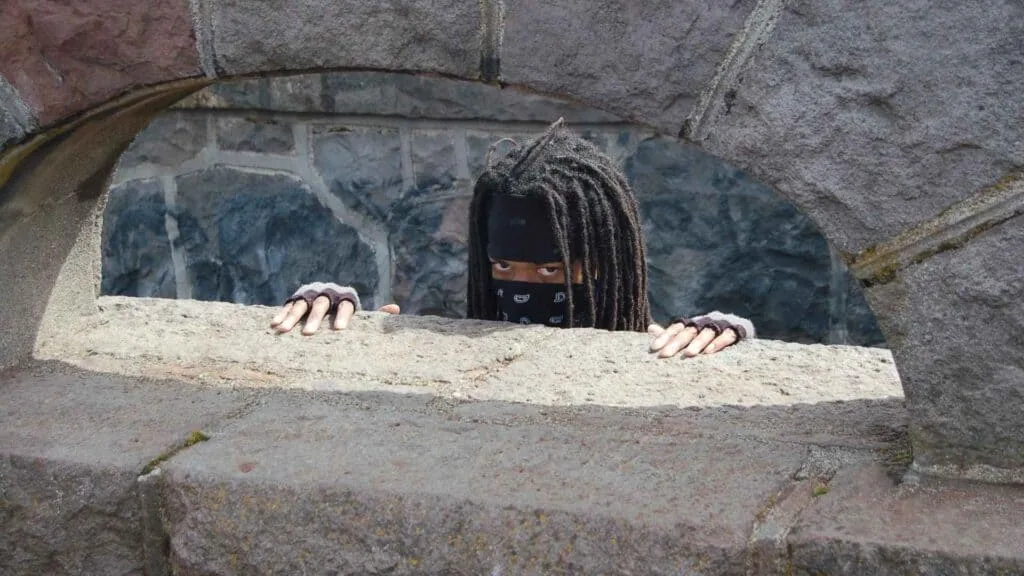
- Suiton 水遁: A technique of using a tubular object to breathe underwater, similar to snorkeling. Ninjas used bamboo tubes for this purpose.
- Mizu kumo no jutsu, the art of water spider 水蜘蛛の術: A technique to move on water using a tool made of wood called a water spider, which ninjas were said to use to walk on water.
- Katon 火遁: Ninjas are said to be adept at using fire. The technique of fire escape involves hiding or escaping from the enemy by skillfully manipulating fire to deceive them.
- Enton 煙遁: A technique to emit smoke and hide from the enemy. This is the origin of the phrase “wrapping in smoke,” often depicted in movies.
- Kinto 金遁: A technique to escape from the enemy using metals, such as ringing a bell or scattering money. By scattering money, ninjas could escape while the enemy or bystanders picked it up.
- Mokuton 木遁: A technique to hide using trees, rice, wheat, grass, or other natural objects. Ninjas excelled at using their surroundings for camouflage.
- Doton 土遁: Another skill involving the environment, focusing on using houses, carts, and other man-made obstacles.
- Altercation 分身の術: A technique to deceive the eyes of the enemy by creating an afterimage with high-speed movement. This technique is often exaggerated, but it was achieved with speed and deception.
Martial Arts to Train Body and Skill
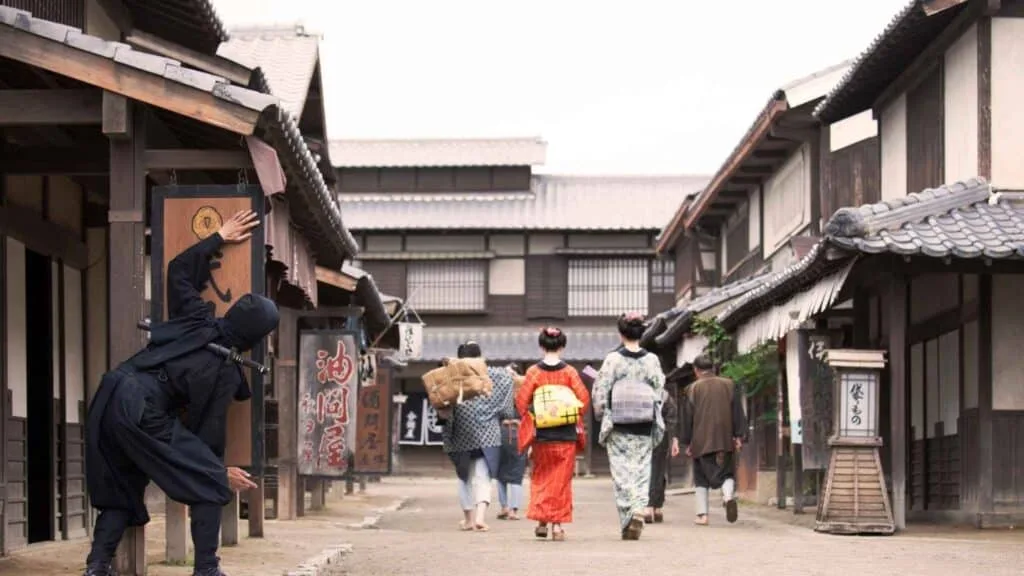
- Koppōjutsu 骨法術: A martial art that involves fighting against enemies without weapons, centered around striking techniques. Professional wrestlers today have adopted techniques such as “掌底 (Tenohira soko),” striking with the palm, and “浴びせ蹴り” (Abisegeri), a kicking technique.
- Kento 剣術: Rather than slashing like a samurai, ninjas primarily used thrusting techniques with a sword, incorporated into ninjutsu during the Warring States period.
- Sōjutsu 槍術: Ninjutsu involving the use of a spear to strike or hit an enemy, often preferred for maintaining distance from the enemy.
- Shuriken 手裏剣術: The skill of using various types of shuriken for fighting and creating distractions, including throwing, stabbing, piercing, and causing diversions.
- Kajutsu 火術: Ninjas used bamboo cylinders filled with gunpowder for various purposes, such as creating smoke, igniting objects, using them as light, or keeping warm.
- Kiai-jutsu 気合術: A technique to sink the spirit of the enemy, akin to modern harassment.
- Kyōmon 教門: The art of fitting in with society, allowing ninjas to blend in and avoid capture. It involves conversing and participating in social activities.
- Yūgei 遊芸: Knowledge of art, such as tea ceremony and flower arrangement, useful for intelligence and infiltration activities.
Myths About Ninjas
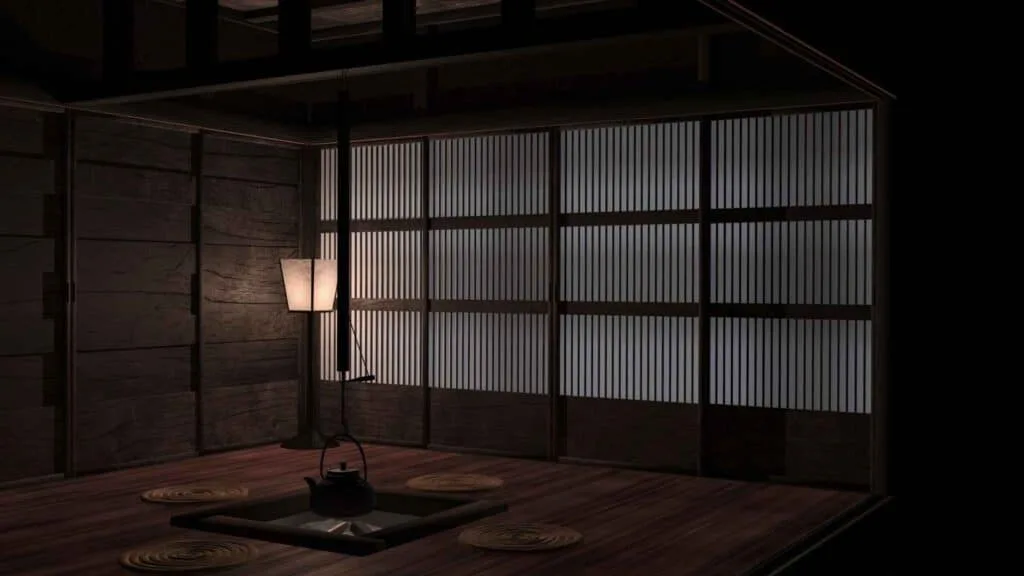
Ninjas Wear All Black
Yes and no. Ninjas wear all black when spying and moving at night, covered from head to toe in light black clothing with only their eyes showing to move quietly and quickly. However, a large part of their job involves hiding in plain sight from their enemies by camouflaging as regular civilians such as Buddhist monks and salesmen.
Ninjas Are Good at Killing
In a way, yes. Ninjas are trained to defend themselves and attack their enemies when needed. However, their main job is to spy, move quietly, and avoid being seen to bring information back. In anime and manga, ninjas are often portrayed as killing with a touch, which is not true. Ninjas understand the use of “pressure points,” similar to acupuncture, to immobilise opponents.
Ninjas Can Disappear
While ninjas move quietly at night, they can’t simply disappear. Their job involves mastering how to assess situations and know when to flee. They are taught the art of escape, as their primary role is to bring back information. They are experts at distracting their opponents and causing diversions.
Ninjas Throw Shuriken to Kill
The “ninja stars” seen in movies and anime, used to kill opponents, are inaccurate. The shuriken shaped like a star is just one type of many shurikens ninjas use. The word “shuriken” refers to a type of Japanese concealed weapon, often used as hidden daggers to surprise enemies and cause distractions. Throwing it is usually a last resort, as it means losing a weapon. It is believed that poison was placed on shurikens to paralyse opponents, allowing ninjas to escape. Ninjas’ primary role is not to kill but to spy, collect information, distract, flee, and report.
Ninjas are Samurai
Ninjas and samurai differ significantly in roles and appearances. A ninja’s main job is to spy and collect information, while a samurai’s job is to attack. Samurai fight with a sense of ritual and honour, duelling openly, whereas ninjas move in the dark, collecting information and assassinating in secret. Ninjas wear black outfits that expose only their eyes to move unnoticed at night, while samurai wear traditional attire like Hakama, Haori, White tabi, and sandals, carrying swords.
Modern Interpretation of Ninjas
Ninjas are popular in foreign countries and have appeared in numerous Hollywood movies. Their activities in movies and comics are exaggerated, but they remain fascinating. The “Ninja Boom” started in the 1980s with movies like “Moeyo NINJA,” “Ninja II,” and “THE NINJA.” The popularity continued with “NARUTO” in Japan’s otaku culture and the manga/anime boom in Europe. Nowadays, many tourists visit Japan to experience ninja culture.
Are There Still Ninjas?
Many believe there are still ninjas in Japan, but there are no “real” ninjas today, at least that we know of. Jinichi Kawakami, often called “The Last Ninja,” is the 21st family member of the Koga clan, with a history tracing back about 500 years. Although Kawakami was trained by his family and possesses the knowledge passed down through generations, he will not take on more disciples, believing that the art of ninjas doesn’t fit in this era.
Understanding the Legacy of Ninjas
Ninjas are a fascinating part of Japanese culture, with a rich history often misunderstood due to myths and misconceptions. Understanding the true nature of ninjas, their skills, and their roles helps appreciate their place in history.

